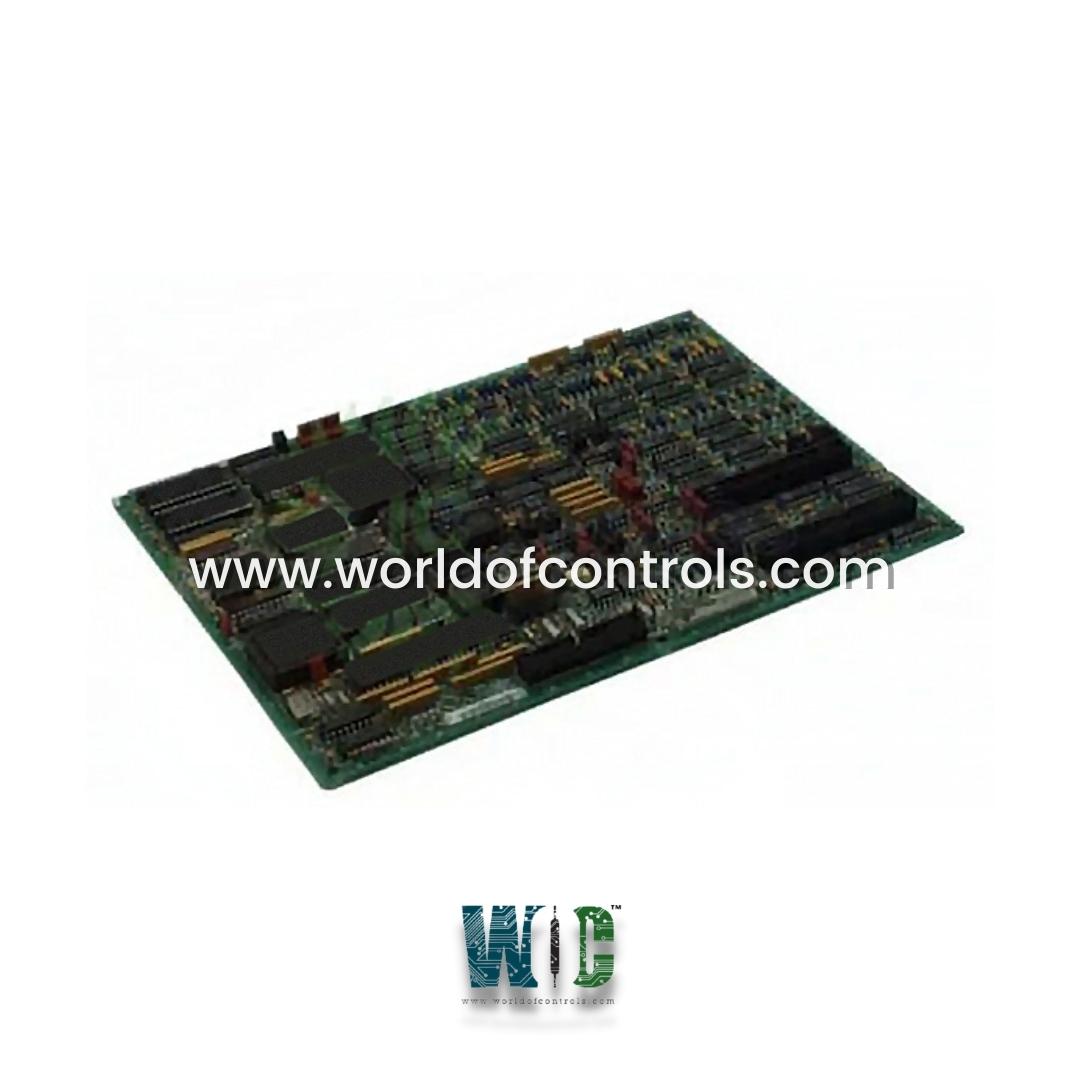
World Of Controls understands the criticality of your requirement and works towards reducing the lead time as much as possible.
DS200TCCBG2B - Analog IO Board is available in stock which ships the same day.
DS200TCCBG2B - Analog IO Board comes in UNUSED as well as REBUILT condition.
To avail our best deals for DS200TCCBG2B - Analog IO Board, contact us and we will get back to you within 24 hours.
Part No.: DS200TCCBG6B
Manufacturer: General Electric
Country of Manufacture: United States of America (USA)
Product Type: Analog IO Board
Availability: In Stock
Series: Mark V
DS200TCCBG6B is a Analog IO Board developed by GE. It is a part of Mark V control system. This board is specifically engineered to handle additional analog I/O signals that originate from the TBCB terminal board, which is mounted in the R5 core. P processes these signals and prepares them for use by other control system components such as the STCA board and I/O Engine.
The analog signals typically include:
The board conditions and scales these inputs to appropriate levels for internal processing, ensuring reliable and noise-free signal interpretation.
Includes a set of configurable hardware jumpers that allow the board to be tailored to specific system requirements. Key Jumper Functions:
The WOC team is always available to help you with your Mark V requirements. For more information, please contact WOC.
What is DS200TCCBG6B?
It is a Analog IO Board developed by GE under the Mark V series.
Which terminal board supplies signals to the board?
It receives analog I/O signals from the TBCB terminal board mounted in the R5 core of the Mark V system.
What is the function of jumpers J1 through J5?
These jumpers configure the board to support generator and bus voltage monitoring and line current monitoring functions essential to power and load management in the Mark V LM configuration.
What does jumper J14 do?
J14 connects the board’s RS232 serial port to DCOM, enabling serial communication for diagnostics and data exchange.